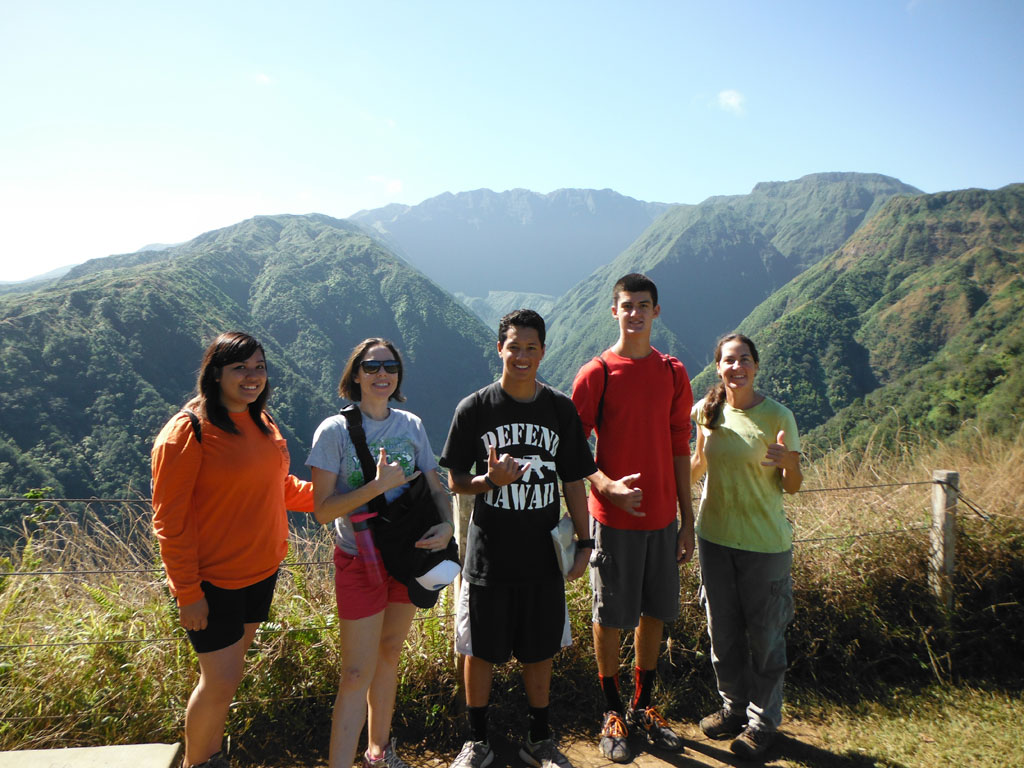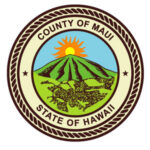 Maui High School junior Daniel Fonseca saw up close how invasive plants and animals have been having an adverse impact on the West Maui Watershed. “We mostly learned about the invasive strawberry guava trees because they have become one of the biggest threats to the native plants,” he said after a recent Maui Economic Development Board Youth Alliance trip to the environmentally sensitive watershed. “Strawberry guavas are strong, and they grow very quickly so they aren’t giving much of a chance to the koa or ohia trees to grow.”
Maui High School junior Daniel Fonseca saw up close how invasive plants and animals have been having an adverse impact on the West Maui Watershed. “We mostly learned about the invasive strawberry guava trees because they have become one of the biggest threats to the native plants,” he said after a recent Maui Economic Development Board Youth Alliance trip to the environmentally sensitive watershed. “Strawberry guavas are strong, and they grow very quickly so they aren’t giving much of a chance to the koa or ohia trees to grow.”
Fonseca said his favorite part of the tour was helping the West Maui Mountains Watershed Partnership remove approximately 200 strawberry guava trees in the forest. The Watershed’s Natural Resource/GIS Technician Jill LaBram said the strawberry guavas, a non-native species, forms monotypic stands where nothing else can grow and it uses up much more water than native plants. LaBram said the Youth Alliance support was important to the nonprofit’s attempts to re-establish the native forest along the Waihe’e Ridge trail. “Every little bit helps,” she said. Fonseca credited watershed personnel for how well they’re preserving Hawaii’s native forests. “What they’re doing is pretty important because without them the forests that once made Hawaii unique would be completely taken over by invasive plant species,” he said.
The West Maui Mountains Watershed Partnership has a staff of seven to 10 people, based in Lahaina, who work to protect West Maui’s native forest that supplies much of Maui with clean, fresh water. LaBram said the Watershed offers volunteers service trips for individuals as well as school and community groups. Call 661-6600, or e-mail: outreach@westmauiwatershed.org. Youth Alliance members attend monthly events during the school year to explore and gain a greater understanding of key components in the Maui community. Their gatherings are coordinated by MEDB.
